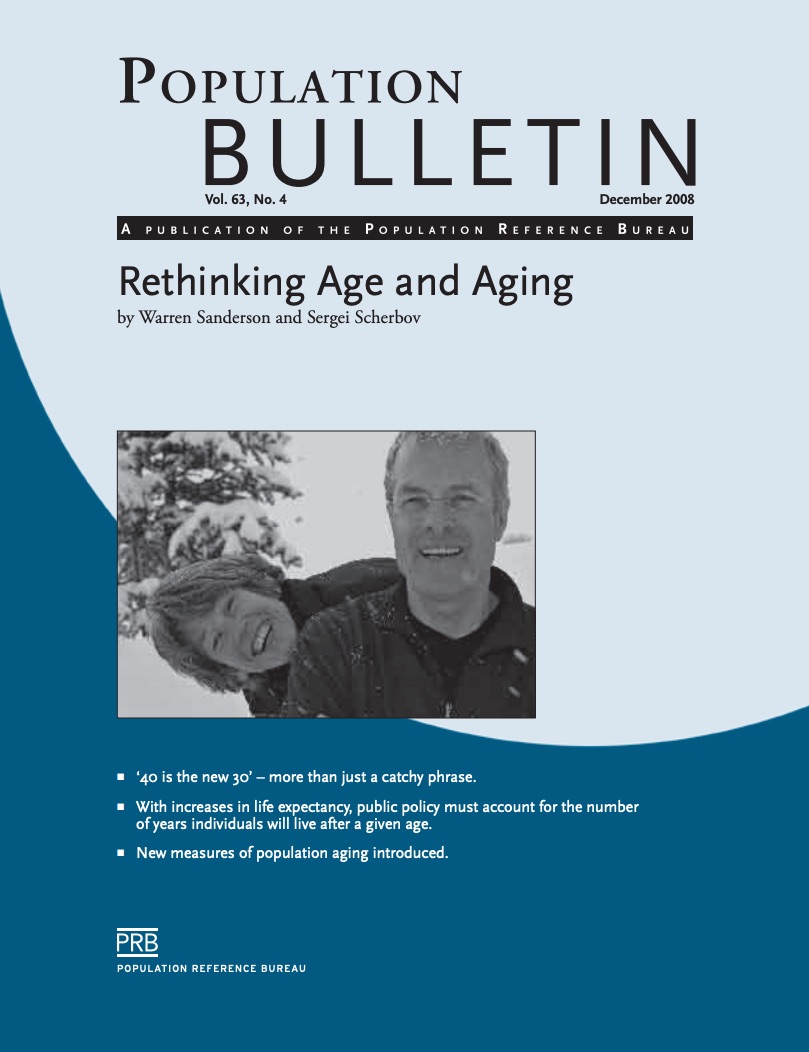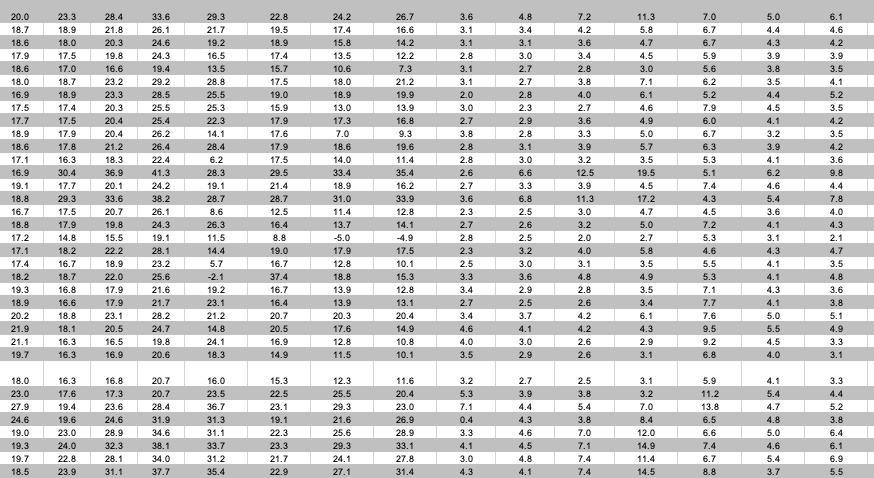BRIDGE: Bringing Information to Decisionmakers for Global Effectiveness
The BRIDGE project provided influential audiences in these countries and in the international development community with up-to-date information and the skills to interpret and use it for improving health policies and practices.





